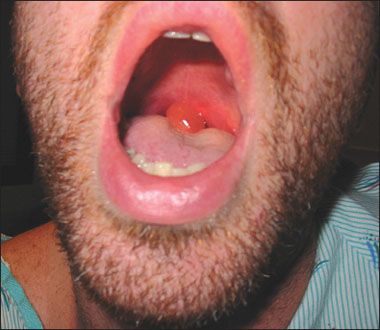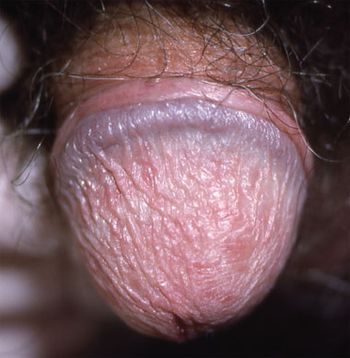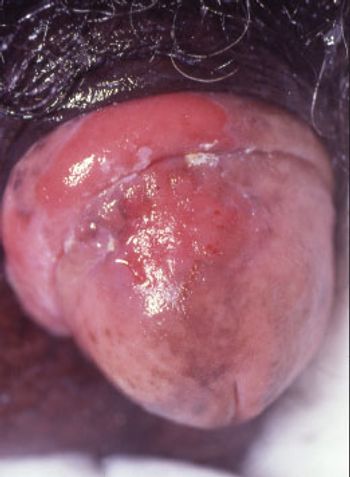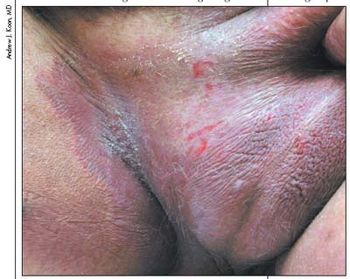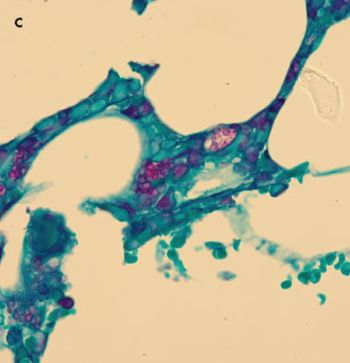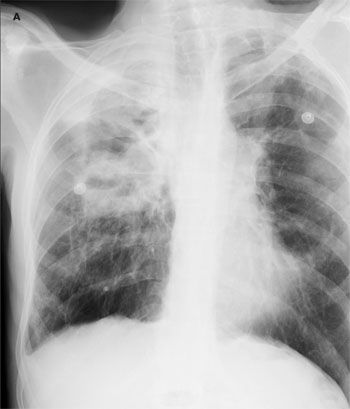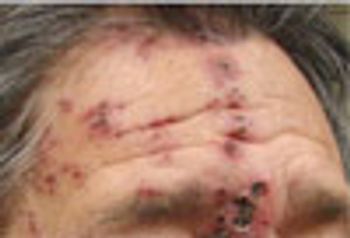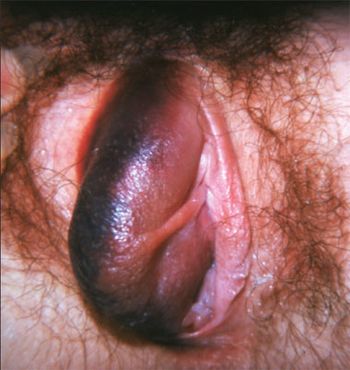
A 13-year-old girl is seen because of a genital injury sustained during a fall from her bicycle. Is post-menarchal. Denies any past or present sexual activity, consensual or coercive. Parents report that she has not been ill-adjusted at school and has had no more behavioral issues than her age cohort in recent months.


